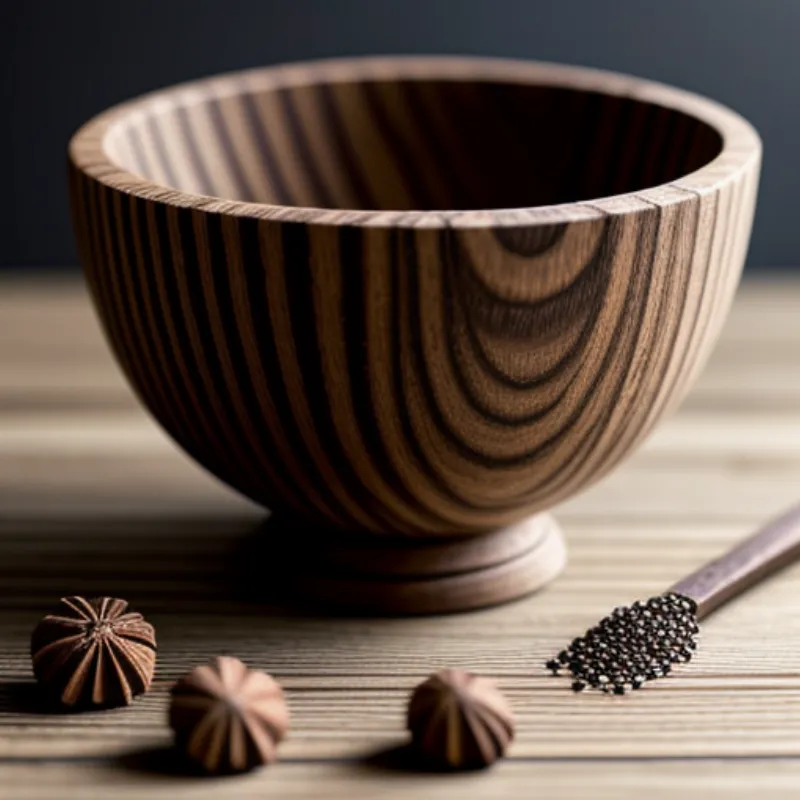Anise seed, with its distinct licorice flavor, has graced kitchens and apothecaries for centuries. This tiny seed, originating from the Middle East, holds the power to transform ordinary dishes into culinary masterpieces. In this guide, we’ll delve into the world of anise seed, exploring its cultivation, culinary uses, and the enchanting aroma it brings to our homes.
From Garden to Table: Cultivating Your Own Anise Seed
Imagine stepping into your garden and being greeted by the sweet, alluring scent of anise. Growing your own anise is a rewarding experience, and surprisingly easy! Here’s how:
What You’ll Need:
- Anise seeds
- Seed-starting mix
- Small pots or seed trays
- Watering can
- Sunny spot in your garden
Step-by-Step Guide:
- Start indoors: Sow anise seeds indoors about 6-8 weeks before the last frost.
- Provide warmth and moisture: Use a seed-starting mix and keep the soil consistently moist.
- Embrace the sun: Once the seedlings are sturdy, transplant them to a sunny spot in your garden after the last frost has passed.
- Harvest time: When the anise flowers turn brown, it’s time to harvest! Cut the flower heads and hang them upside down to dry. Once dry, separate the seeds from the chaff.
Expert Tip: “Anise prefers well-drained soil,” says master gardener Emily Carter. “Adding compost can improve drainage and provide essential nutrients.”
Culinary Adventures with Anise Seed: Flavoring Your Favorite Dishes
Anise seed, with its distinctive licorice flavor, adds a touch of magic to sweet and savory dishes alike.
Here are a few ways to use this versatile spice:
- Baked goods: Anise seed is a classic addition to cookies, cakes, and bread, lending a warm, aromatic note. Remember the traditional anise cookies Grandma used to make?
- Beverages: Add a pinch of anise seed to tea or mulled wine for a comforting and flavorful drink.
- Savory dishes: Anise seed pairs beautifully with pork, duck, and root vegetables. Try adding it to stews or braises for a depth of flavor.
Did you know? In many cultures, anise seed is believed to have digestive benefits. A cup of anise tea after a meal might be just what you need!
 Anise Seed in a Bowl
Anise Seed in a Bowl
FAQs: Answering Your Anise Seed Questions
Q: Is anise seed the same as star anise?
A: While they share a similar licorice flavor, anise seed and star anise come from different plants. Anise seed is small and brown, while star anise is a star-shaped pod.
Q: Can I substitute anise extract for anise seed?
A: Yes, but use a light hand. Anise extract is more concentrated than the seed.
Q: Where can I buy anise seed?
A: Anise seed is readily available in most grocery stores in the spice aisle. You can also find it at specialty spice shops and online.
Beyond the Kitchen: Exploring the Versatility of Anise Seed
Anise seed’s uses extend far beyond the culinary world.
- Potpourri: Add anise seed to your homemade potpourri for a warm and inviting aroma.
- Natural moth repellent: Fill sachets with anise seed and lavender to keep moths away from your clothes.
- DIY beauty products: Anise seed oil is believed to have antibacterial and anti-inflammatory properties, making it a popular ingredient in homemade soaps and lotions.
 Freshly Baked Anise Cookies
Freshly Baked Anise Cookies
Conclusion: Embrace the Aromatic World of Anise Seed
Anise seed, with its rich history and versatility, deserves a special place in your kitchen. From its delightful aroma to its culinary and medicinal uses, this tiny seed has much to offer. So, why not embark on your own anise seed adventure? Whether you try growing your own or simply incorporating it into your favorite recipes, let the magic of anise seed transform your culinary creations.
We’d love to hear about your anise seed experiences! Share your recipes, tips, and questions in the comments below. And if you’re eager for more culinary adventures, explore our other articles on How to Make Pan de Muerto or How to Make Torcettini Saint Vincent.
